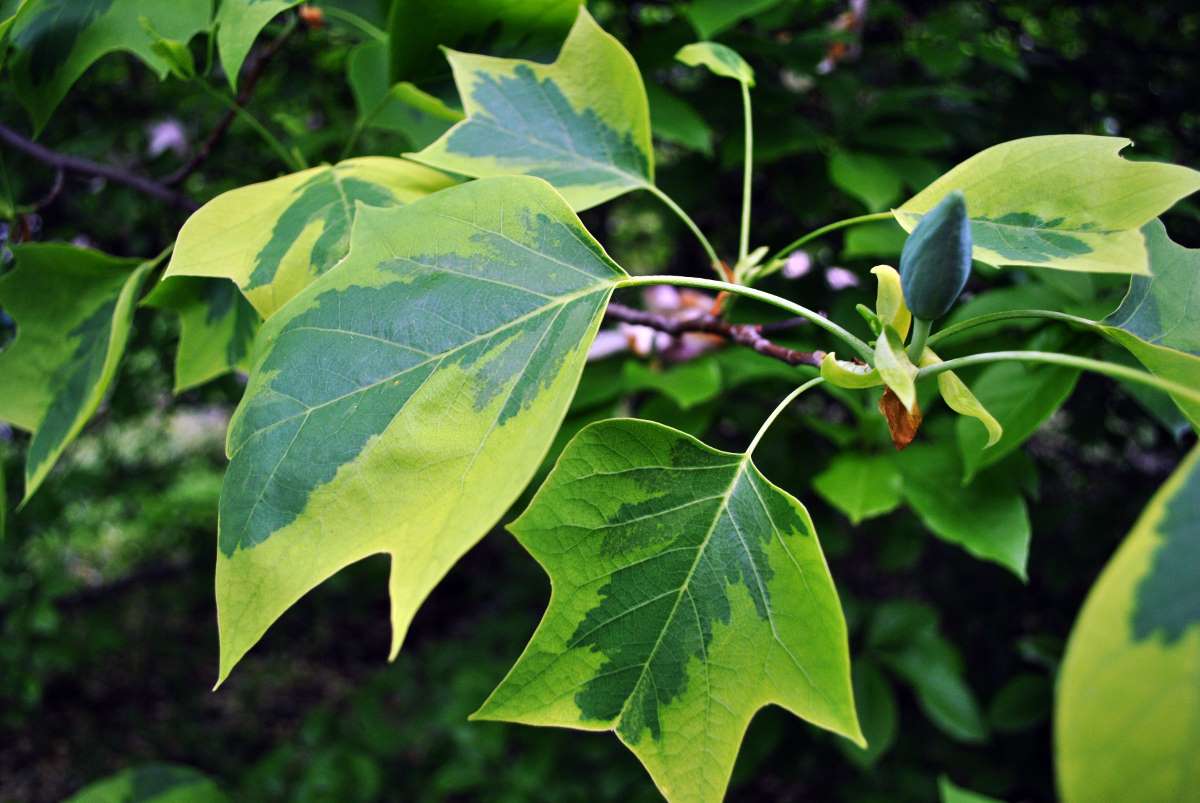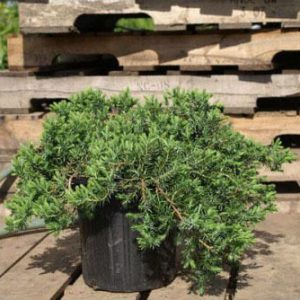Description
Liriodendron – Tulip Tree –
There are 2 species of fast growing, deciduous tree in this genus. They occur in woodland in China, Vietnam, and North America. They are grown for their stately habit, and curiously shaped, 4 lobed, alternate leaves, which turn yellow in autumn. The solitary, bell shaped flowers are pale green with orange at the bases and numerous stamens are inconspicuous from a distance, add interest in summer, but are not produces on young plants, they are followed cone like fruits.. Exxcellent grown as specimen trees.
Grow in moderately fertile, preferably slightly acidc, moist but well drained soil in full sun or partial shade.
Prone to borers, weevils, leaf miners, scale insects, aphids, sooty mold, and mealy bugs, powdery mildew, antracnose, butt rot, dieback, lesion nematode, and wilt.
L. tulipifera ‘Aureomarginatum’ – North American Tulip Tree – This vigorous, broadly columnar to conical, deciduous tree that grows to at least 70′ feet tall and 30′ feet wide. It produces saddle shaped, bright green leaves 6″ long and wide, with broad, golden-yellow edges, the leaves are squarish, and lobed at the tips, hollowed at the bases, with a pointed lobe at each side and turn rich golden yellow in fall. In early summer it bears 6 petalled , cup shaped, pale green flowers, 2 ½”’ long, orange-marked at the bases, followed by conical brown fruit.
Zones 4-9





